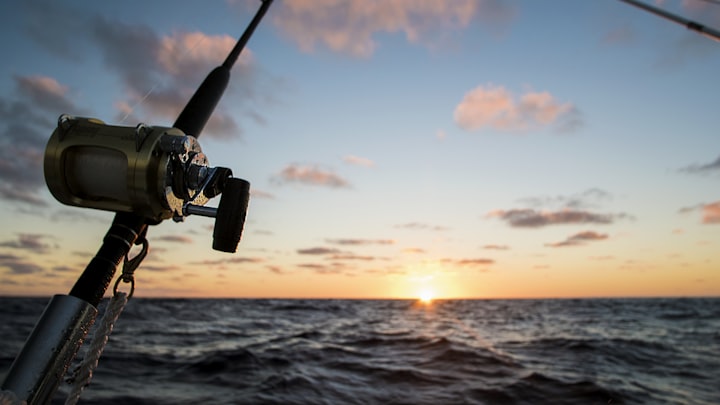
Are you scared to use a baitcaster reel? Have you heard of all the benefits of using one but don’t want to deal with a rats nest? I was the same way but once I used it, I will never go back to any other style of reel. They are amazing and it makes me wonder why it took me so long to get one. It also makes me question the rest of my life decisions (just kidding).
First of all, all the horror stories of rats nests are just that stories. It is not as bad as they say, and it is about the same as having tangling issues with other reels. I am sure that the first timers had no clue on what they where doing and screwed up royally, then gave up. Don’t get me wrong, a rats nest can get brutal but if you know your baitcaster reel, you will fall in love.
The first mistake people make when using a baitcaster is they put CHEAP line on it! DON’T DO THAT! I suggest spending the money on some good quality line that will not hold much memory. Memory is when your line tries to hold the same form it was wound up in. We have all seen the spiral through the eyelets of our fishing rod. That is line memory. I personally like to use a nice, braided line. Braided line doesn’t hold as much memory, and it doesn’t tend to tangle as much.
Now that we have a good quality line, it is time to calibrate your reel. Please note that you must calibrate your reel every time you switch baits and/or add/subtract weight to the line. This is important! If you don’t do this, then you are bound to get a rats nest (no pun intended). Your baitcaster will have what is called a magnetic brake. It is a small dial that is generally numbered 1-10. The higher the number the more braking is applied. Put your bait and weights if using any on the end of your line. Start by setting your magnetic brake on the middle setting or 5. Holding your rod out, release your line and let your bait drop to the ground. Make sure to stop the line with your thumb on the spool right before your bait hits the ground. Your line should release without spooling away from your reel. If line is coming up off your reel, your brake is too loose. If your bait is falling slower than gravity, your brake is too tight. Adjust your brake depending on the spooling reaction. You need to continue to do this until your bait falls smoothly, about the rate of gravity, and your line is staying snug around your spool. Once you have it set properly, it is time to set your spool tension.
Your spool tension (not to be confused by line tension) is the reaction spool takes at the end of the cast when your bait hits the water. This is usually a little knob on the same side of the reel as your handle. This has nothing to do with your cast. This is to assist the spool to stop when your bait hits the water. The key word here is “assist”. You should repeat the steps you used for the magnetic brake. When your bait drops and hits the ground, see if your spool continues to unwind. If it does, tighten the tension a little. DO NOT OVERTIGHTEN! If you over tighten, this could potentially ruin your reel overtime. If it stops fast, loosen it. You want your spool to stop but not abruptly. Once you get your reel calibrated, it is time to test it.
Find a grassy area and practice a casting. You don’t have to wing it as hard as you can with a baitcaster. The design will give you the distance you are wanting. If you cast with all your might, you might find that it is the easiest way to achieve a rats nest. Focus on your release. Your release is going to happen later than that of other reels. This is because there is little to no resistance on the reel. Depending on where I want to cast is when I release. Anywhere from 45–65-degree angle. When you release, keep your thumb close to the spool like you are holding the line on the spool but without actually holding it. Right before your bait hits the ground, place your thumb on the spool to stop it. This will prevent the spool from continuing to spin. Once you are comfortable with it, HIT THE WATER!
Before fishing calibrate your reel, using the water like you used the ground. Get to fishing! FISH ON! When you change your bait remember to recalibrate every time. Now that you can use one, I bet you will never use another reel again. HAPPY FISHING MY FRIENDS!
About the Creator
Mr. Uker
Mr. Uker practiced writing early, first poetry, then story telling, to self publishing 2 novels. Bios for artists and music video script. Written operating procedures, policies, training manuals, operating manuals, and content for websites.






Comments
There are no comments for this story
Be the first to respond and start the conversation.